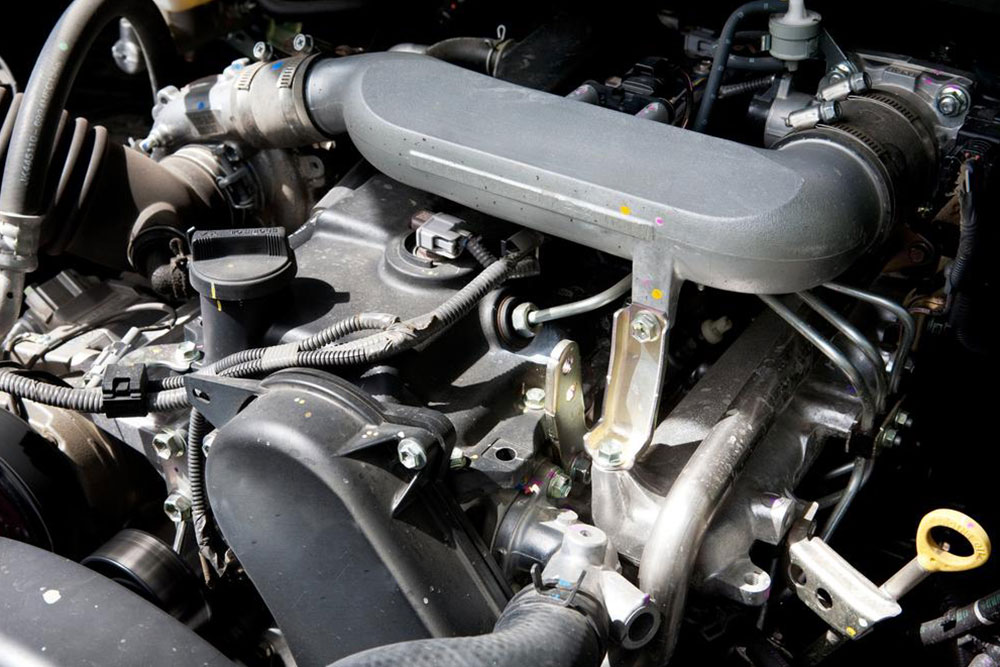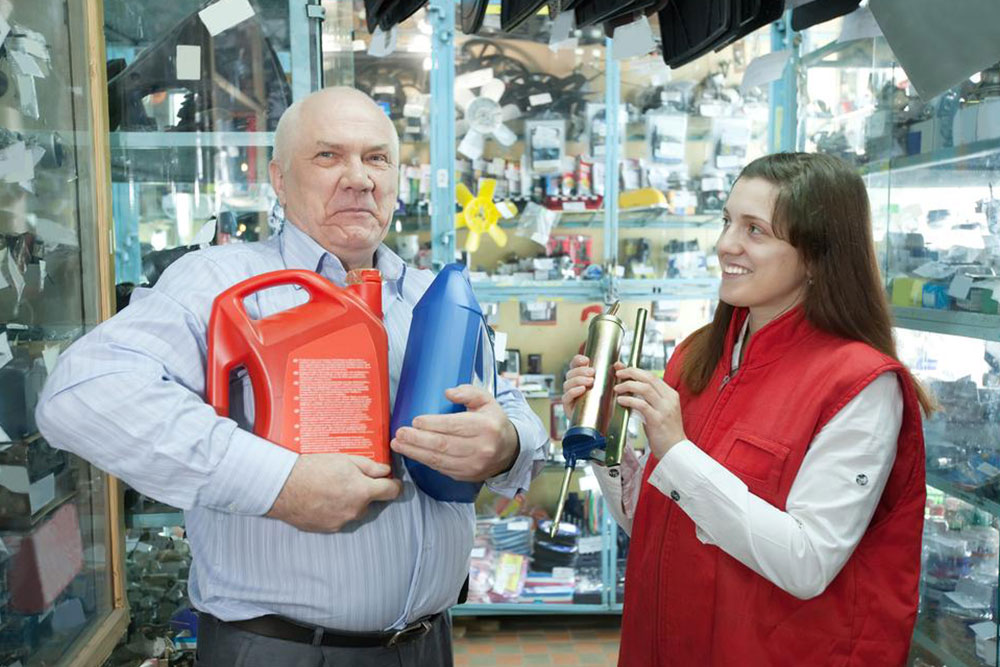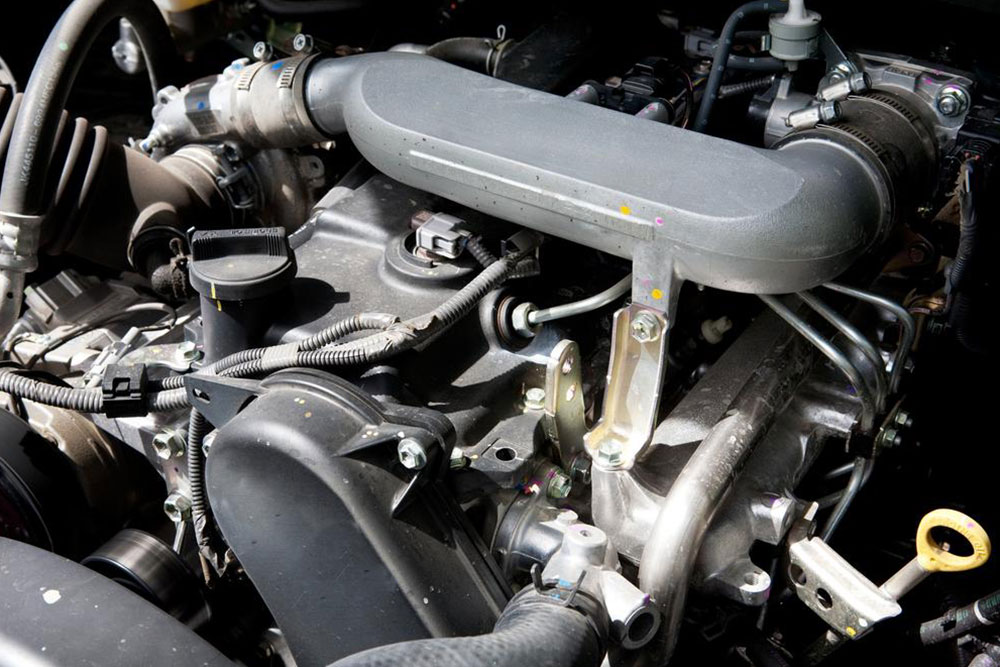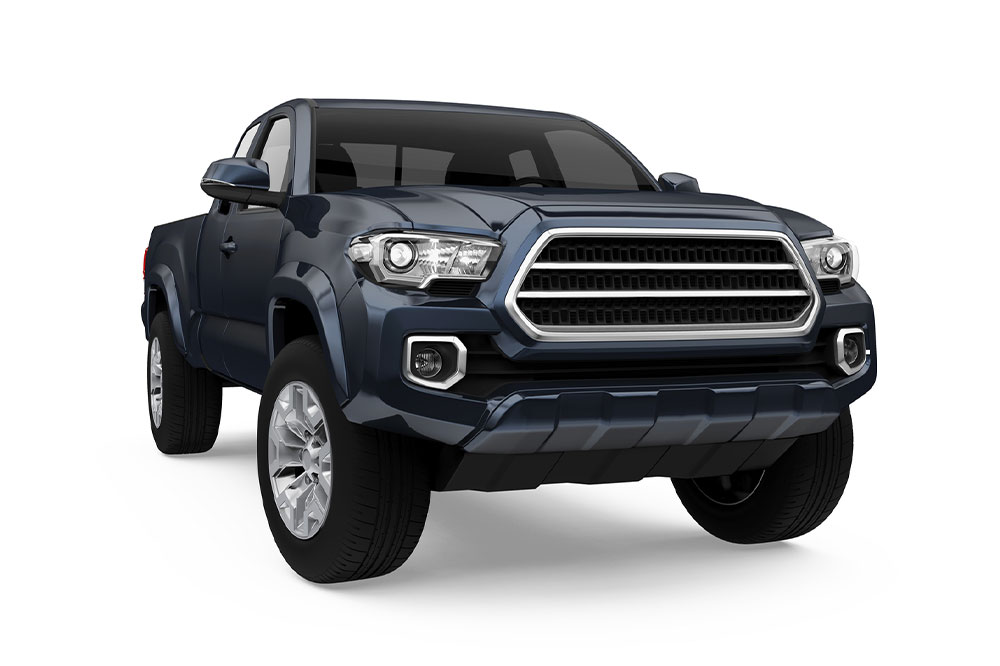Comprehensive Guide to Automotive Replacement Parts
This guide provides an in-depth overview of automotive replacement parts, including production categories, industry impact of economic shifts, and purchasing options. It highlights the distinction between original and aftermarket parts, tiered supplier roles, and market trends in online automotive parts sales, offering valuable insights for industry professionals and consumers alike. Stay informed to make better decisions in vehicle maintenance and parts sourcing, with a focus on current industry dynamics and procurement channels.
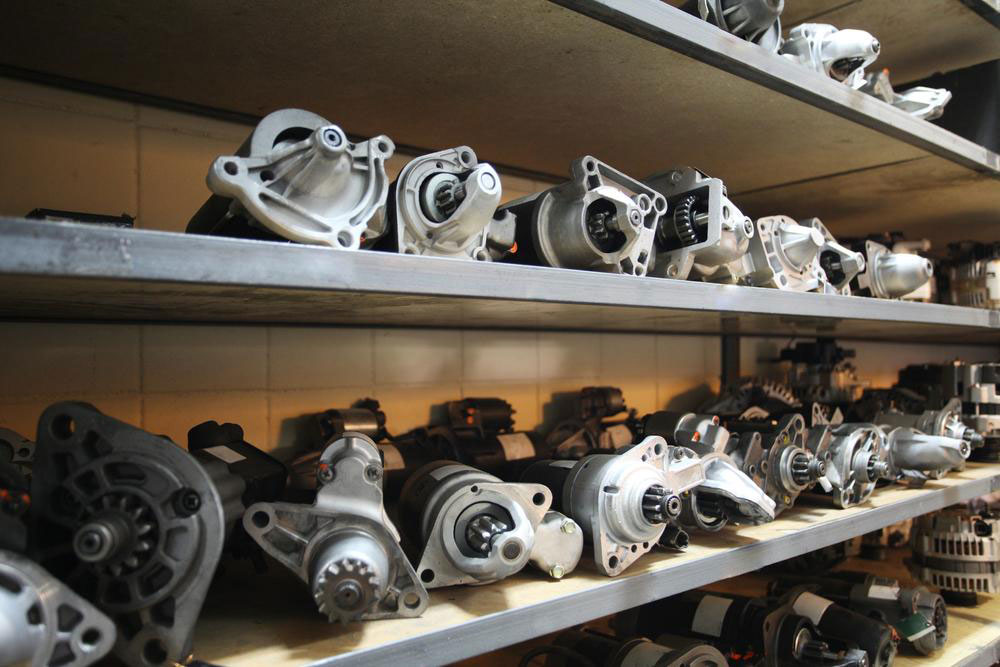
Comprehensive Guide to Automotive Replacement Parts
The automotive parts manufacturing sector is a significant industry in the country, with demand closely linked to new vehicle sales. Approximately 70% of the parts produced are original equipment components, while the remaining 30% are aftermarket parts used in repairs and specialty applications.
The 2008 economic downturn impacted vehicle sales worldwide, affecting industry players including Ford, General Motors, and Chrysler. Foreign automakers had already established a foothold in the domestic market before the recession, gradually gaining market share at the expense of American brands.
In September 2008, the automotive parts suppliers faced challenges: raw material prices surged while demand declined. Post-recession, analysts estimated that profitability required operating at around 80% capacity; however, in 2009, capacity utilization dropped to 50-60%. Automotive replacement parts fall into two main categories: aftermarket components and original equipment (OE) parts.
OE parts are used during vehicle assembly, supplied to service networks, and categorized into three tiers. Tier 1 suppliers directly supply finished parts to automakers; Tier 2 suppliers provide materials and components to Tier 1; Tier 3 suppliers produce raw materials or parts for both Tier 1 and Tier 2, sometimes selling directly to vehicle manufacturers. Production of OE parts comprises about two-thirds to three-fourths of total automotive parts manufacturing.
Automotive parts are classified into accessories and replacement parts. Accessories enhance performance, comfort, customization, safety, or convenience, while replacement parts are remanufactured or built to replace worn or damaged original parts.
Today, buyers can choose between purchasing locally or online. Major online platforms like Amazon and eBay Motors lead sales in aftermarket parts and accessories, with online sales projected to reach $10 billion by 2018, excluding used parts and auctions.

